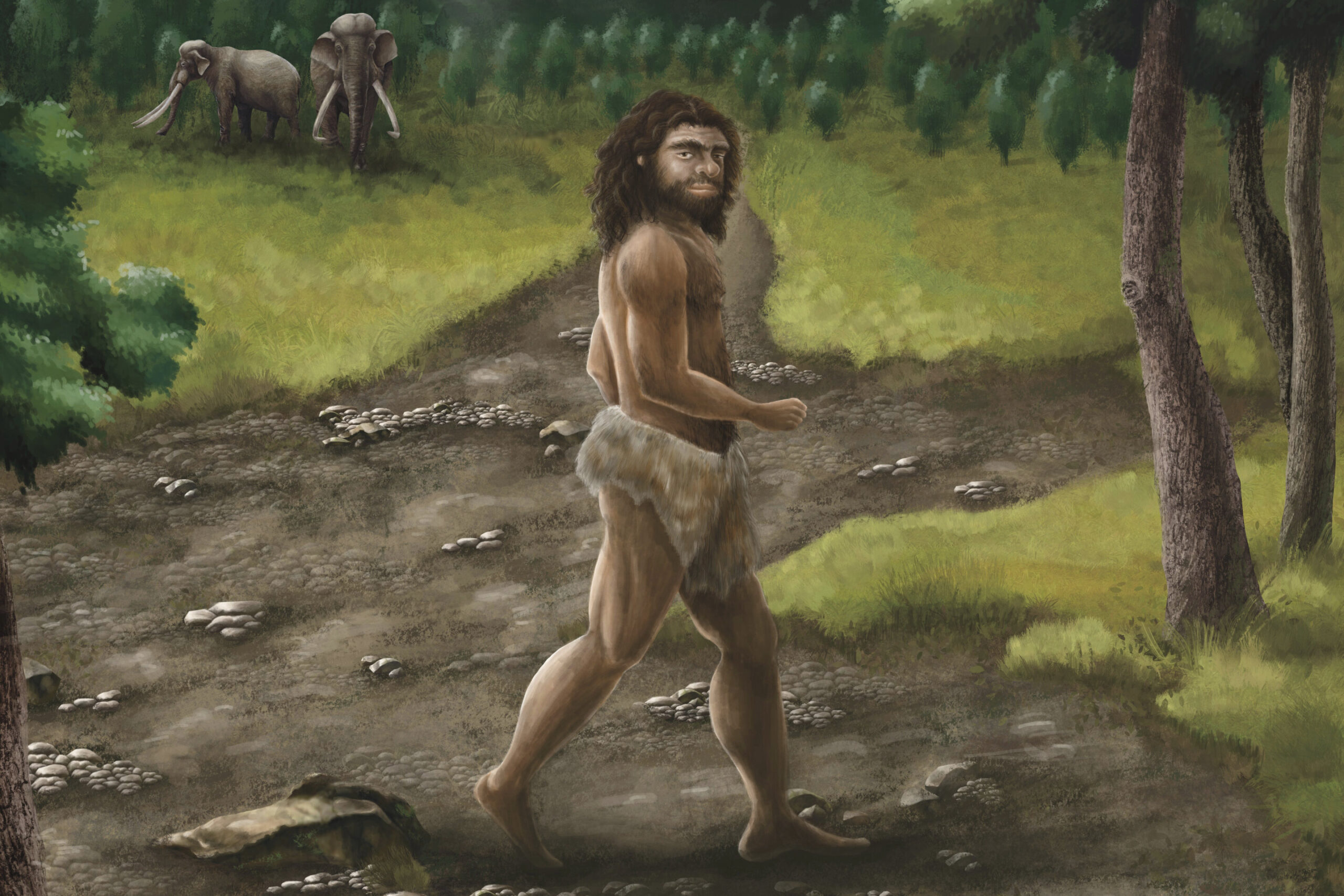
Key evidence links Harbin individual’s nearly complete skull to Denisovan lineage
How did your country report this? Share your view in the comments.
Diverging Reports Breakdown
Key evidence links Harbin individual’s nearly complete skull to Denisovan lineage
A nearly complete hominin skull discovered near Harbin belongs to the Denisovan lineage. It dates back to at least 146,000 years ago. The Harbin cranium provides crucial insights into the wide distribution of Denisovans in Asia. This study highlights the potential of dental calculus for preserving ancient human DNA, opening a new window into the genetic research of Middle Pleistocene hominins. The findings were published online in the journals Science and Cell. The study was led by Fu Qiaomiei from the Institute of Vertebrate Paleontology and Paleoanthropology of the Chinese Academy of Sciences, and Ji Qiang of Hebei GEO University. The research team conducted independent paleoproteomic analyses and innovative ancient DNA experiments on the Har bin cranium and its dental calculus. For the first time, their findings conclusively linked the nearly complete skull to Denisovan population.
This illustration provided by researchers in April 2025 depicts a Denisovan male in Taiwan in the Pleistocene era about 2.6 million to 11,700 years ago. Credit: Cheng-Han Sun via AP
Despite their genetic contributions to present-day East Asians and Oceanians, what Denisovans looked like has remained an open question since their discovery 15 years ago.
Now, recent research by a team led by Fu Qiaomiei from the Institute of Vertebrate Paleontology and Paleoanthropology of the Chinese Academy of Sciences, and Ji Qiang of Hebei GEO University has helped answer this question by confirming that a nearly complete hominin skull discovered near Harbin belongs to the Denisovan lineage. It dates back to at least 146,000 years ago.
The team developed a method for automatic identification of human populations based on ancient proteins, revealing the most informative ancient human proteome to date. They also optimized extraction techniques and developed bioinformatic algorithms to trace the evolution of ancient human DNA from Pleistocene dental calculus, successfully retrieving host mitochondrial DNA from the dental calculus of the Harbin cranium.
This evidence suggests that the Harbin cranium is indeed Denisovan and is linked to the early Denisovan lineage from Siberia. These findings were published online in the journals Science and Cell, respectively.
The Harbin cranium, dating back at least 146,000 years, provides crucial insights into the wide distribution of Denisovans in Asia. Prior to this discovery, Denisovan fossils were limited and fragmentary, complicating our understanding of their morphology and evolutionary history. The Harbin fossil, identified as a new species, Homo longi, shares significant morphological similarities with Denisovan remains found at other locations.
The research team conducted independent paleoproteomic analyses and innovative ancient DNA experiments on the Harbin cranium and its dental calculus. For the first time, their findings conclusively linked the nearly complete skull to the Denisovan population, resolving a question that has persisted since Denisovans were first identified through ancient DNA in 2010.
Using a newly established paleoproteomic system, the team analyzed mass spectrometric data from the Harbin cranium, identifying over 308,000 peptide-spectrums, more than 20,000 peptides, and confirming 95 endogenous proteins. This extensive dataset surpasses previous results from contemporaneous fossils.
The team also discovered 122 single amino acid polymorphisms (SAPs) unique to Hominidae species, confirming the Harbin individual’s classification within the Homo genus.
Notably, they identified three variants unique to Denisovans, establishing a phylogenetic link between the Harbin individual and Denisova 3.
Despite the challenges of ancient DNA research, the team successfully retrieved mitochondrial DNA from dental calculus samples with a lot of effort. They optimized extraction methods and constructed multiple libraries, ultimately identifying Denisovan-specific mutations for further analysis.
The results confirmed that the Harbin individual belongs to an early mtDNA lineage of Denisovans, suggesting a wide distribution from Siberia to Northeast China during the late Middle Pleistocene. This study highlights the potential of dental calculus for preserving ancient human DNA, opening a new window into the genetic research of Middle Pleistocene hominins.
The two studies not only resolve the classification controversy surrounding the Harbin cranium and reveal the relatively complete skull morphology of Denisovans, but also provide important references for identifying other ancient human fossils in East Asia that may belong to the Denisovan lineage, such as those from Dali and Jinniushan.
More information: Qiaomei Fu et al, The proteome of the late Middle Pleistocene Harbin individual, Science (2025). DOI: 10.1126/science.adu9677. www.science.org/doi/10.1126/science.adu9677 Cell Denisovan Mitochondrial DNA from Dental Calculus of the > 146,000-year-old Harbin Cranium, Cell (2025). DOI: 10.1016/j.cell.2025.05.040. www.cell.com/cell/fulltext/S0092-8674(25)00627-0 Journal information: Science , Cell
Source: https://phys.org/news/2025-06-key-evidence-links-harbin-individual.html
